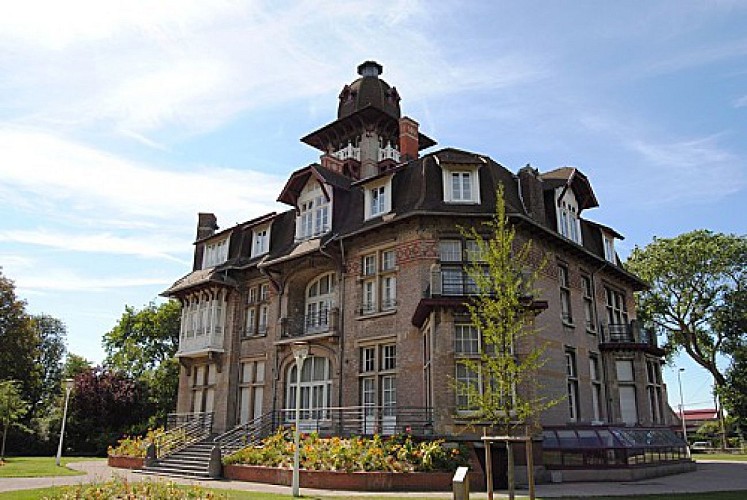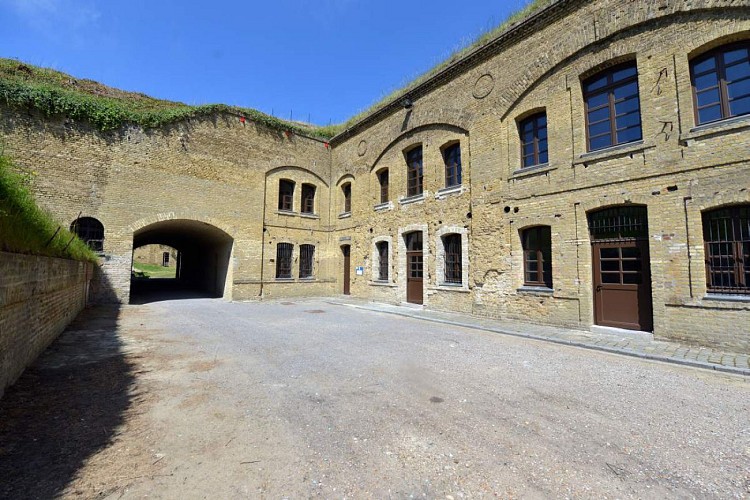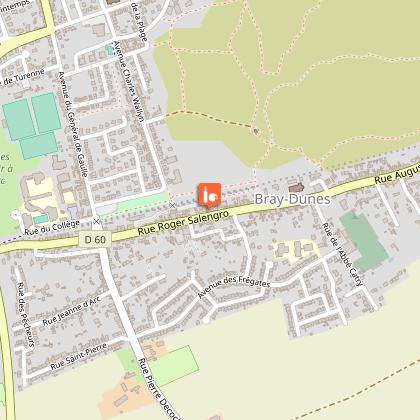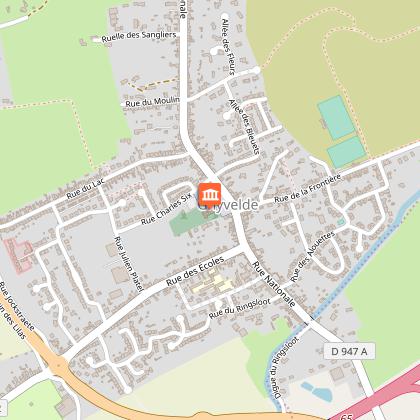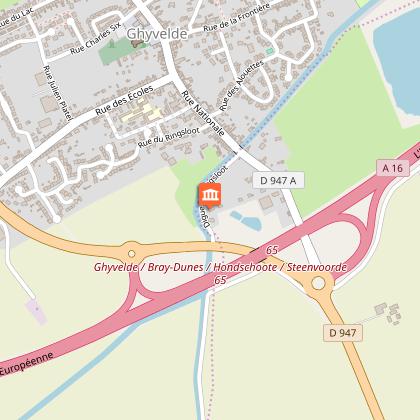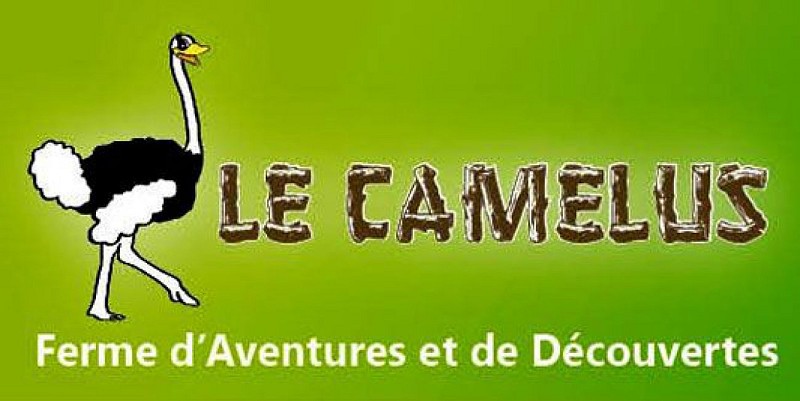Allarme
Allarmi
Circuito in bicicletta delle dune delle Fiandre
Il breve di Cirkwi
Immagina di pedalare attraverso le pittoresche dune delle Fiandre, che includono le graziose comunità di Leffrincoucke, Zuydcoote e Bray Dunes. Questo viaggio non è semplicemente una pedalata; è un viaggio attraverso paesaggi pittoreschi, svelando la grandiosità del Fort des Dunes e la serena bellezza delle dune Marchand, Dewulf e Perroquet. Progettato da Xavier Lesaege, questo percorso offre più di una semplice pista ciclabile; fornisce una narrazione di splendore naturale e tranquillità. Preparati ad essere avvolto dalla brezza rilassante e dal fascino rustico di queste storiche dune.
Breve Panoramica Tecnica
Questo percorso in bicicletta si estende per circa 25,23 km, con minime variazioni di altitudine, che variano dal livello del mare fino a un modesto valore massimo di 10 metri. Il dislivello positivo totale è di circa 14-15 metri, indicando un viaggio relativamente pianeggiante ideale per ciclisti di tutti i livelli. Si tratta di un percorso ben pensato da Xavier Lesaege, che offre un equilibrio tra una pedalata facile e paesaggi affascinanti, garantendo un'esperienza piacevole senza la fatica di salite ripide.
Suggerimenti Stagionali e Sicurezza
Mentre ti avventuri lungo questo percorso suggestivo, è importante prendere in considerazione le variazioni stagionali nella regione delle Fiandre. Primavera e autunno offrono temperature miti e percorsi meno affollati, ideali per pedalate rilassanti. Tuttavia, veste abiti leggeri per le pedalate più calde in luglio e agosto, e prepara abbigliamento resistente al vento durante le brezze delle stagioni autunnale e primaverile. Per quanto riguarda la sicurezza, porta sempre acqua con te, soprattutto d'estate, e assicurati che la tua bicicletta sia dotata di luci se esci durante l'alba o il tramonto, poiché alcune aree delle dune possono essere isolate.
Introduzione a Dunkerque e alle Fiandre
Dunkerque, insieme alla sua regione circostante delle Fiandre, vanta una ricca storia e cultura. Dalla sua importanza strategica nel commercio marittimo al suo ruolo in vari conflitti storici, il territorio racchiude secoli di eventi cruciali. Pedalando attraverso questa zona, si può non solo ammirare la bellezza geografica ma anche attraversare terre intrise di storie di resilienza e trionfo. Le dune stesse, fortificazioni naturali contro il mare, raccontano storie di battaglie ecologiche e vittorie, rendendo ogni pedalata un viaggio nel tempo.
Pattern Meteo e Periodi Migliori per la Visita
La regione delle Fiandre ha un clima temperato marittimo, caratterizzato da temperature miti e precipitazioni moderate durante tutto l'anno. Il periodo migliore per esplorare le dune in bicicletta sarebbe probabilmente la fine della primavera e l'inizio dell'autunno, da maggio a settembre, quando il clima è perlopiù piacevole e il paesaggio naturale è al suo massimo splendore. Durante questo periodo, i visitatori possono godere di ore di luce prolungate, rendendolo ideale per lunghe pedalate lungo il bellissimo paesaggio delle dune.
IGN Carte







Informazioni tecniche
Profilo altimetrico
Punto di partenza
Punti di interesse
Autore dei dati

